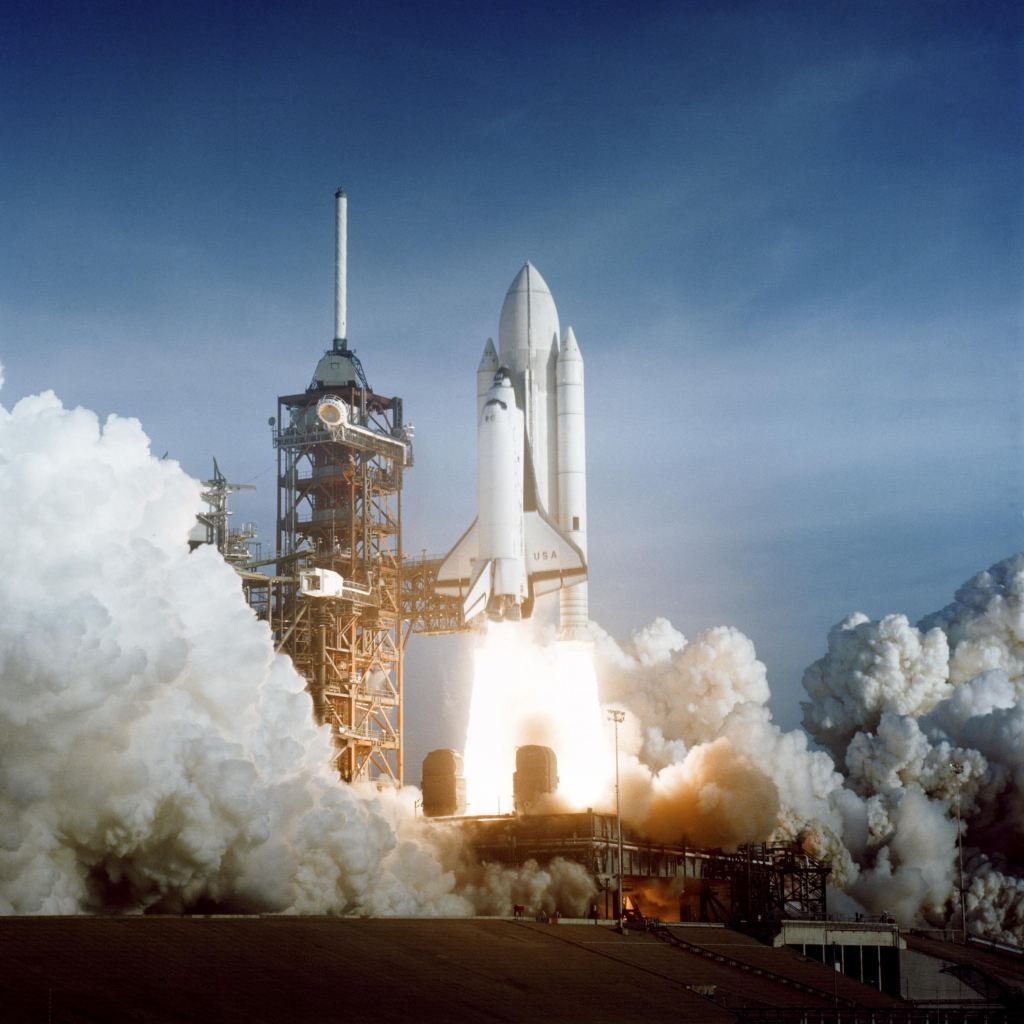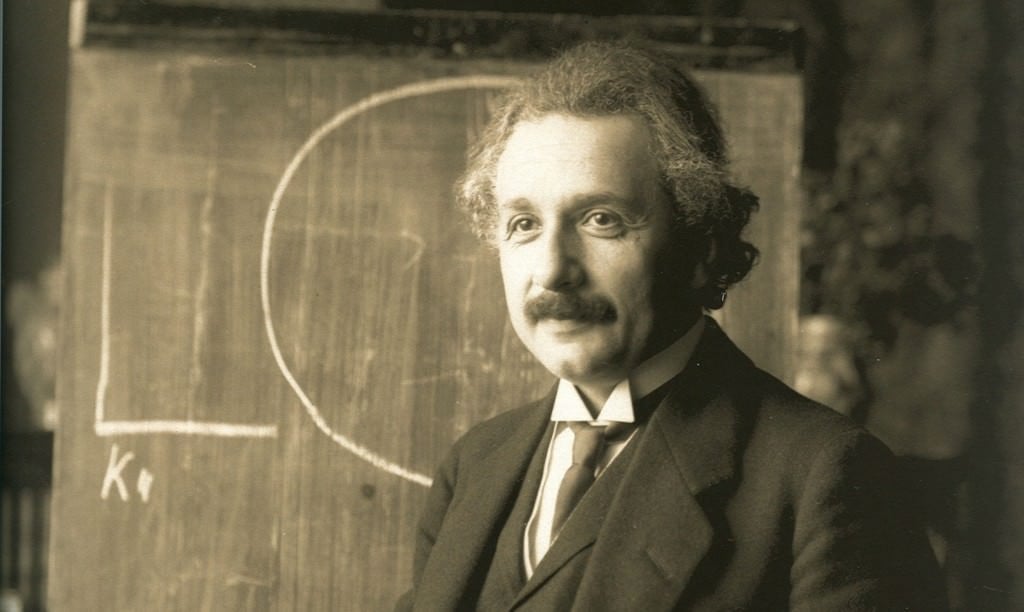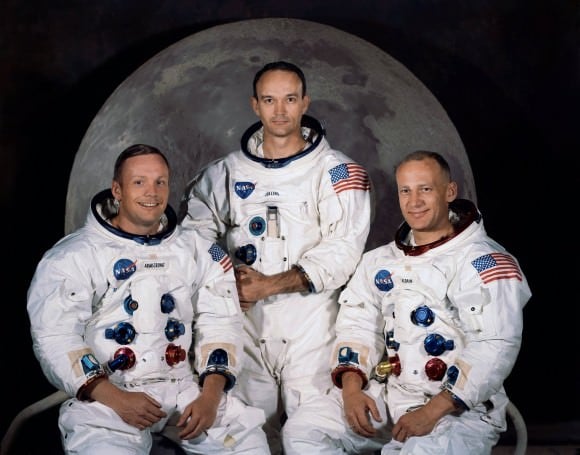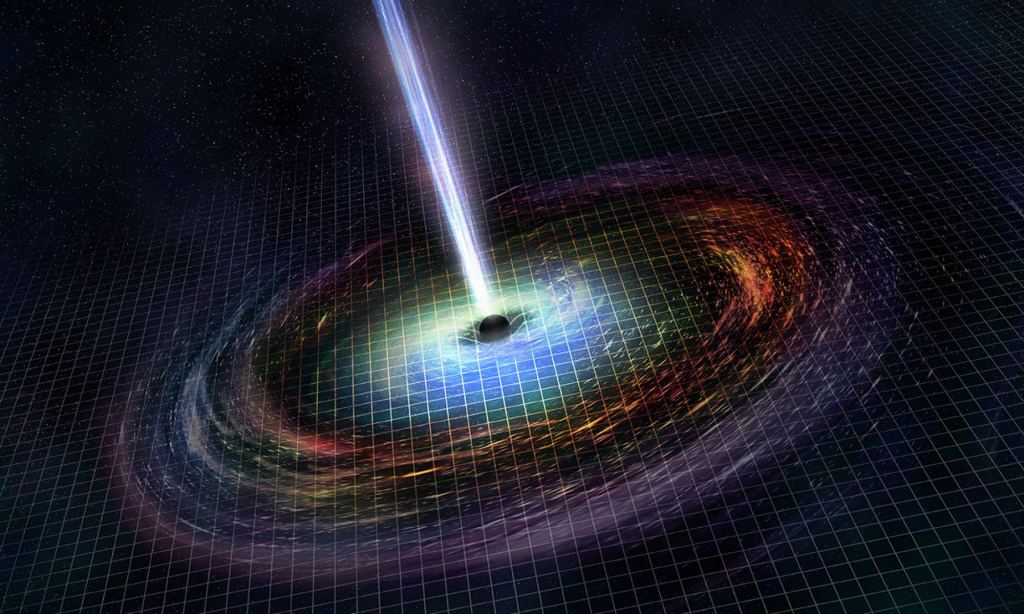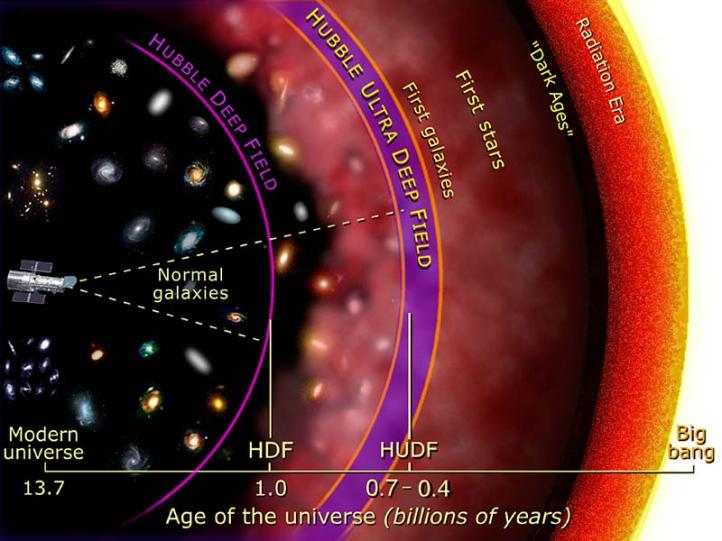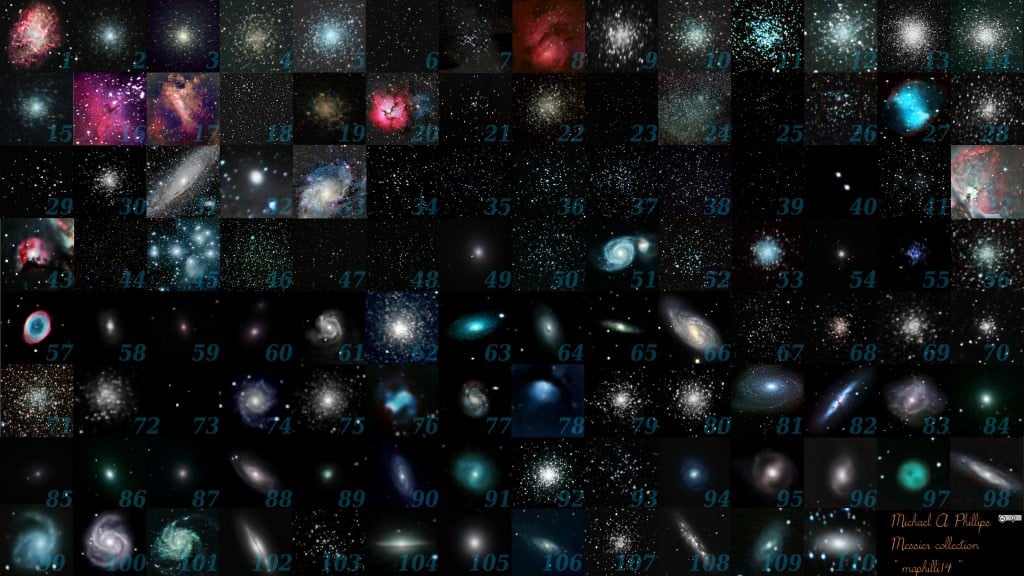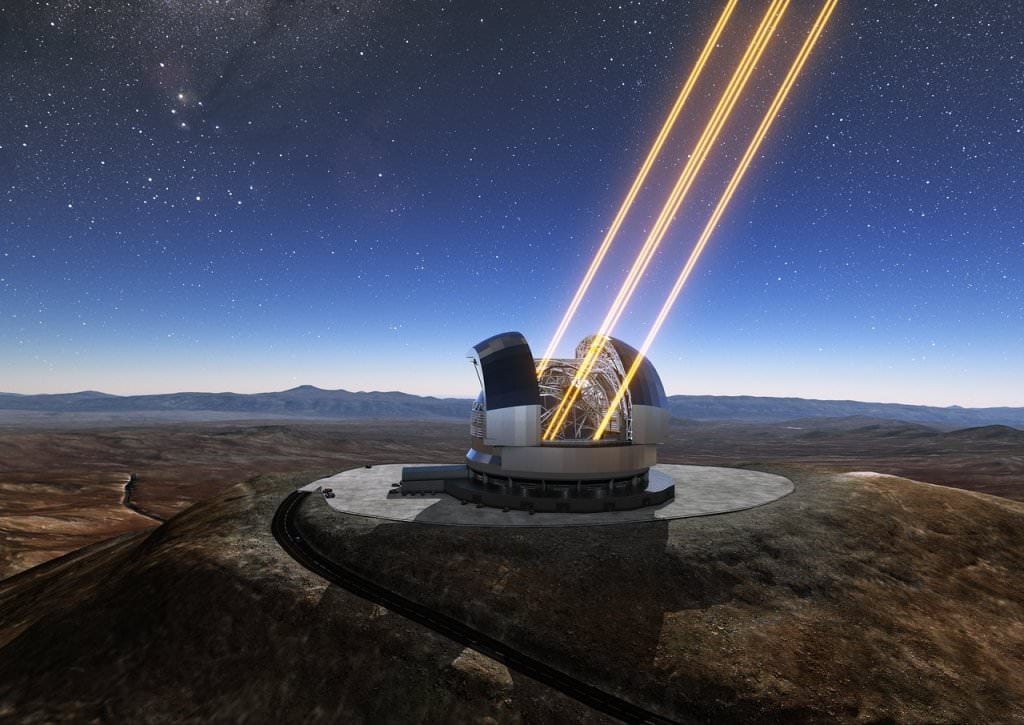The Solar System:
- Solar System Guide
- The Sun
- Mercury
- Venus
- EarthThe Moon Near-Earth Objects (NEOs)
- The Moon
- Near-Earth Objects (NEOs)
- Mars Phobos and Deimos
- Phobos and Deimos
- The Asteroid Belt CeresVesta
- Ceres
- Vesta
- JupiterJupiter's MoonsGalilean Moons
- Jupiter's Moons
- Galilean Moons
- SaturnSaturn's Moons
- Saturn's Moons
- UranusUranus' Moons
- Uranus' Moons
- NeptuneNeptune's Moons
- Neptune's Moons
- Dwarf Planets
- The Kuiper Belt
- The Oort Cloud
- Comets, Asteroids, and KBOs
Outer Space:
- Stars
- Magnetars
- Variable Stars
- Wolf-Rayet Stars
- Extrasolar Planets (Exoplanets)The Direct Imaging MethodThe Gravitational Microlensing MethodThe Radial Velocity MethodThe Transit Method
- The Direct Imaging Method
- The Gravitational Microlensing Method
- The Radial Velocity Method
- The Transit Method
- Nebulae
- Black Holes
- Interstellar Space
- The Milky Way
- Magellanic Clouds Small Magellanic Cloud (SMC)Large Magellanic Cloud (LMC)
- Small Magellanic Cloud (SMC)
- Large Magellanic Cloud (LMC)
- Active Galactic Nuclei
- Galaxies
- Galaxy Clusters
- Intergalactic Space
- Superclusters
- The Universe
- Fun Facts About Space
Space Exploration:
- Animals in Space Part I: Insects and ArachnidsPart II: Mice and Other Small AnimalsPart III: Dogs, Monkeys, and MoreHow Many Dogs Have Been to Space?
- Part I: Insects and Arachnids
- Part II: Mice and Other Small Animals
- Part III: Dogs, Monkeys, and More
- How Many Dogs Have Been to Space?
- Artificial Satellites
- Benefits of Space Exploration
- Colonizing the Inner / Outer Solar System Colonizing MercuryColonizing VenusColonizing the MoonColonizing MarsColonizing CeresColonizing Jupiter's MoonsColonizing Saturn's MoonsTerraforming vs. Space Habitats
- Colonizing Mercury
- Colonizing Venus
- Colonizing the Moon
- Colonizing Mars
- Colonizing Ceres
- Colonizing Jupiter's Moons
- Colonizing Saturn's Moons
- Terraforming vs. Space Habitats
- Definitive Guide to TerraformingTerraforming MercuryTerraforming VenusTerraforming the MoonTerraforming MarsCould We Marsiform Ourselves?Terraforming CeresTerraforming Jupiter's MoonsTerraforming Saturn's MoonsCould We Terraform the Sun?Could We Terraform Jupiter?Could We Terraform a Black Hole?
- Terraforming Mercury
- Terraforming Venus
- Terraforming the Moon
- Terraforming Mars Could We Marsiform Ourselves?
- Could We Marsiform Ourselves?
- Terraforming Ceres
- Terraforming Jupiter's Moons
- Terraforming Saturn's Moons
- Could We Terraform the Sun?
- Could We Terraform Jupiter?
- Could We Terraform a Black Hole?
- Interstellar ExplorationAdvanced PropulsionAlcubierre Warp DriveBenefits of an Interstellar ProbeElectric SailsExploring the Nearest StarGeneration ShipsHalo DriveHow Does Light Travel?How Far is a Light Year?How Fast is the Speed of Light?How Long Would it Take to Travel to the Nearest Star?Pros and Cons of MethodsSolar Sails vs. Magnetic SailsWill We Ever Reach Another Star?
- Advanced Propulsion
- Alcubierre Warp Drive
- Benefits of an Interstellar Probe
- Electric Sails
- Exploring the Nearest Star
- Generation Ships
- Halo Drive
- How Does Light Travel?
- How Far is a Light Year?
- How Fast is the Speed of Light?
- How Long Would it Take to Travel to the Nearest Star?
- Pros and Cons of Methods
- Solar Sails vs. Magnetic Sails
- Will We Ever Reach Another Star?
History of Space Exploration:
- Agreements and TreatiesArtemis AccordsMoon TreatyNational Aeronautics and Space ActOuter Space TreatySpace Court Foundation
- Artemis Accords
- Moon Treaty
- National Aeronautics and Space Act
- Outer Space Treaty
- Space Court Foundation
- Landers
- Orbiters/Probes
- Rovers
- Space Age
- SpaceflightU.S. Space MissionsSoviet/Russian Space MissionsAstronauts
- U.S. Space Missions
- Soviet/Russian Space Missions
- Astronauts
- Spaceships
- Space StationsSalyutSkylabMirThe International Space Station (ISS)
- Salyut
- Skylab
- Mir
- The International Space Station (ISS)
Famous Scientists:
- Albert Einstein
- Aristotle
- Aryabhata
- Avenpace (Ibn Bajja)
- Avicenna (Ibn-Sina)
- Charles Messier
- Christiaan Huygens
- Democritus
- Edmond Halley
- Edwin Hubble
- Enrico Fermi
- Francis Bacon
- Frank Drake
- Fred Hoyle
- Galileo GalileeGalileo's InventionsGalileo's Telescope
- Galileo's Inventions
- Galileo's Telescope
- Gerard Kuiper
- Giovanni Domenico Cassini
- James Clerk Maxwell
- Jan Oort
- Johann Bode
- Johannes Kepler
- Johannes Gottfried Galle
- John Dalton
- John Herschel
- Konstantin Tsiolkovsky
- Lord Kelvin (William Thomson)
- Max Planck
- Miguel Alcubierre
- Nicolas Louis de Lacaille
- Nicolaus Copernicus
- Niels Bohr
- Nilakantha Somayaji
- Ptolemy
- Qutb al-Din al-Shirazi
- René Descartes
- Robert Boyle
- Robert Hooke
- Sergei Korolev
- Sir Isaac NewtonSir Isaac Newton's DiscoveriesSir Isaac Newton's Inventions
- Sir Isaac Newton's Discoveries
- Sir Isaac Newton's Inventions
- Stephen Hawking
- Tycho Brahe
- Urbain Le Verrier
- William Herschel
- William Lassell
Famous Astronauts:
- Alan Shepard Jr.
- Albert II
- Belka and Strelka
- Chris Hadfield
- Edwin "Buzz" Aldrin
- Félicette
- Franklin Chan-Diaz
- Gennady Padalka
- Gordo
- James Lovell Jr.
- Jeff Williams
- John Glenn Jr.
- Laitka
- Neil Armstrong
- Peggy Wilson
- Sally Ride
- Scott & Mark Kelly
- Valentina Tereshkova
- Valeri Polyakov
- Yuri Gagarin
- Yuri Malenchenko
- Who are the Most Famous Astronauts?
Astronomy Jargon:
- Absolute Magnitude
- Adaptive Optics
- Albedo
- Astronomical Unit (AU)
- Aurorae
- Baryon Acoustic Oscillations
- Black Holes
- Big Bang Theory
- Bollide
- Coma
- Cosmic Microwave Background
- Cosmic Strings
- Chromosphere
- Cosmic Rays
- Dark Matter
- Doppler Shift
- Eccentricity
- Electromagnetism
- Elliptical Galaxy
- Escape Velocity
- Event Horizon
- Galactic Halo
- Galaxy Clusters
- Galilean Moons
- Giant Molecular Cloud
- Globular Clusters
- Gravity
- Gravitational Lens
- Heliopause
- Heliosphere
- Hertzberg-Russell (HR) Diagram
- Hubble's Law
- Hydrostatic Equilibrium
- Interstellar Medium
- Ionosphere
- Irregular Galaxies
- Kirkwood Gaps
- Local Group
- Luminosity
- Magnetars
- Magellanic Clouds
- Neutrinos
- Neutron Star
- Nova
- Open Cluster
- Parallax
- Planet
- Planetary Nebula
- Protoplanetary Disk
- Quasar
- R-Process
- Spectrum
- Standard Candles
- Strong Nuclear Force
- Sunspots
- Tidal Heating
- Trans-Neptunian Object (TNO)
- Type-1a Supernovae
- Type-II Supernovae
- Umbra
- Van Allen Belts
- Weak Nuclear Force
- White Dwarf
- Wolf-Rayet Stars
- Wormholes
- Zodiacal Light
Astronomy & Cosmology:
- Astronomy
- Astronomy for Kids
- Big Bang Theory: Evolution of Our Universe
- Biggest Mysteries in Astronomy
- Biggest Planet in the Solar System
- Biggest Star
- Biggest Thing in the Universe
- Butterfly Effect
- Eddington Eclipse Experiment
- Entropy
- Geocentric Model
- Geocentric vs. Heliocentric
- Gravity Mapping
- Heliocentric Model
- Hubble Constant
- Hubble-Lemaitre Law
- How Do We Know Dark Energy Exists?
- How Do We Know Dark Matter Exists?
- How Big is the Universe?
- Infrared Astronomy
- Infrared Spectroscopy
- Oscillating Universe Theory
- Physics
- Radio Astronomy
- RelativitySpecial RelativityGeneral Relativity
- Special Relativity
- General Relativity
- Singularity
- Spectroscopy
- Standard Model
- Steady State Hypothesis
- Time and Space
- What are Gravitational Waves?
- What is the Big Rip?
- What is the Cosmic Microwave Background?
- Will the Big Bang Go Backwards? (Big Crunch)
Earth Sciences:
- 10 Interesting Facts About Earth
- Abiogenesis
- Avalanche
- Bakken Formation
- Benefits of Volcanoes
- Biggest Volcano on Earth
- Butte
- Celestial Sphere
- Cepheid Variable
- Climate Change
- Climatology
- Continental Crust
- Continents
- Cyclones
- Debris Flow
- Driest Place on Earth
- Earth Formation
- Earth's Layers
- Earth's Mantle
- Earth's Rotation
- Earth Science
- Earthquake
- Earthquake Causes
- Erosion
- Fossil Fuels
- Geology
- Geomorphology
- Geosphere
- How Do Volcanoes Erupt?
- Hurricanes
- Ice Age
- Igneous Rock Formation
- Largest Desert on Earth
- Largest Island in the World
- Lava and Magma
- Lithosphere
- Mid-Atlantic Ridge
- Mountain Formation
- Plate Boundaries
- Temperature of Earth's Crust
- Volcanoes
- Wettest Place on Earth
- Why Does it Rain?
SETI:
- Search for Extra-Terrestrial Intelligence (SETI)
- Alien MindsPart I: Are Extraterrestrial Civilizations Likely to Evolve?Part II: Do Aliens Think Big Brains are Sexy Too?Part III: The Octopus' Garden and the Country of the Blind
- Part I: Are Extraterrestrial Civilizations Likely to Evolve?
- Part II: Do Aliens Think Big Brains are Sexy Too?
- Part III: The Octopus' Garden and the Country of the Blind
- Arecibo Message
- Breakthrough Listen
- Biosignatures
- Communicating Across the CosmosPart I: Shouting Across the DarknessPart II: Petabytes from the StarsPart III: Bridging the Vast GulfPart IV: The Quest for a Rosetta Stone
- Part I: Shouting Across the Darkness
- Part II: Petabytes from the Stars
- Part III: Bridging the Vast Gulf
- Part IV: The Quest for a Rosetta Stone
- Drake Equation
- Fermi Paradox Beyond “Fermi’s Paradox” I: A Lunchtime Conversation- Enrico Fermi and Extraterrestrial IntelligenceBeyond “Fermi’s Paradox” II: Questioning the Hart-Tipler ConjectureBeyond “Fermi’s Paradox” III: What is the Great Filter?Beyond “Fermi’s Paradox” IV: What is the Rare Earth Hypothesis?Beyond “Fermi’s Paradox” V: What is the Aestivation Hypothesis?Beyond “Fermi’s Paradox” VI: What is the Berserker Hypothesis?Beyond “Fermi’s Paradox” VII: What is the Planetarium Hypothesis?Beyond “Fermi’s Paradox” VIII: What is the Zoo Hypothesis?Beyond “Fermi’s Paradox” IX: What is the Brief Window Hypothesis?Beyond “Fermi’s Paradox” X: What is the Firstborn Hypothesis?Beyond “Fermi’s Paradox” XI: What is the Transcension Hypothesis?Beyond “Fermi’s Paradox” XII: What is the Waterworlds Hypothesis?Beyond “Fermi’s Paradox” XIII: What is the "Ocean Worlds" Hypothesis?Beyond “Fermi’s Paradox” XIV: What is the Aurora Hypothesis?Beyond “Fermi’s Paradox” XV: What is the Percolation Theory Hypothesis?Beyond “Fermi’s Paradox” XVI: What is the “Dark Forest” Hypothesis?Beyond “Fermi’s Paradox” XVII: What is the “SETI-Paradox” Hypothesis?
- Beyond “Fermi’s Paradox” I: A Lunchtime Conversation- Enrico Fermi and Extraterrestrial Intelligence
- Beyond “Fermi’s Paradox” II: Questioning the Hart-Tipler Conjecture
- Beyond “Fermi’s Paradox” III: What is the Great Filter?
- Beyond “Fermi’s Paradox” IV: What is the Rare Earth Hypothesis?
- Beyond “Fermi’s Paradox” V: What is the Aestivation Hypothesis?
- Beyond “Fermi’s Paradox” VI: What is the Berserker Hypothesis?
- Beyond “Fermi’s Paradox” VII: What is the Planetarium Hypothesis?
- Beyond “Fermi’s Paradox” VIII: What is the Zoo Hypothesis?
- Beyond “Fermi’s Paradox” IX: What is the Brief Window Hypothesis?
- Beyond “Fermi’s Paradox” X: What is the Firstborn Hypothesis?
- Beyond “Fermi’s Paradox” XI: What is the Transcension Hypothesis?
- Beyond “Fermi’s Paradox” XII: What is the Waterworlds Hypothesis?
- Beyond “Fermi’s Paradox” XIII: What is the "Ocean Worlds" Hypothesis?
- Beyond “Fermi’s Paradox” XIV: What is the Aurora Hypothesis?
- Beyond “Fermi’s Paradox” XV: What is the Percolation Theory Hypothesis?
- Beyond “Fermi’s Paradox” XVI: What is the “Dark Forest” Hypothesis?
- Beyond “Fermi’s Paradox” XVII: What is the “SETI-Paradox” Hypothesis?
- Galactic Habitable Zone
- Habitable Zone
- Kardashev Scale When Will Humanity Become a Type I Civilization?When Will Humanity Become a Type II Civilization?When Will Humanity Become a Type III Civilization?
- When Will Humanity Become a Type I Civilization?
- When Will Humanity Become a Type II Civilization?
- When Will Humanity Become a Type III Civilization?
- Lorimar Burst
- Megastructures
- Messaging Extra-Terrestrial Intelligence (METI) Mathematics: The Beautiful Language of the Universe Part I: Is Universal Grammar Really Universal?Part II: Hello There GJ273b
- Mathematics: The Beautiful Language of the Universe
- Part I: Is Universal Grammar Really Universal?
- Part II: Hello There GJ273b
- Project Ozma
- Technosignatures
- Waiting for Extraterrestrial Intelligence (WETI)
- What Do We Do If We Find Aliens?
- WOW! Signal
Messier Objects:
- Introduction to the Messier Objects
- The Messier Catalog
- The Messier Marathon
- The Week-Long Messier Marathon
Constellations:
Telescopes:
- Adaptive Optics
- Earth Observatories
- Extreme Telescopes
- Orbiting ObservatoriesChandra X-ray ObservatoryCompton Gamma-ray TelescopeGaia ObservatoryHubble Space Telescope (HST)Kepler Space TelescopeSpitzer Space TelescopeTransiting Exoplanet Survey Satellite (TESS)Wide-field Infrared Survey Explorer (WISE)
- Chandra X-ray Observatory
- Compton Gamma-ray Telescope
- Gaia Observatory
- Hubble Space Telescope (HST)
- Kepler Space Telescope
- Spitzer Space Telescope
- Transiting Exoplanet Survey Satellite (TESS)
- Wide-field Infrared Survey Explorer (WISE)
- Radio Observatories
- The Rise of the Super TelescopesThe Giant Magellan Telescope (GMT)The Overwhelmingly Large Telescope (OLT)The 30 Meter Telescope (TMT)The European Extremely Large Telescope (ELT)The Large Synoptic Survey Telescope (LSST)The James Webb Space Telescope (JWST)The Wide Field Infrared Survey Telescope (WFIRST)The Large UV Optical Infrared Surveyor (LUVOIR)
- The Giant Magellan Telescope (GMT)
- The Overwhelmingly Large Telescope (OLT)
- The 30 Meter Telescope (TMT)
- The European Extremely Large Telescope (ELT)
- The Large Synoptic Survey Telescope (LSST)
- The James Webb Space Telescope (JWST)
- The Wide Field Infrared Survey Telescope (WFIRST)
- The Large UV Optical Infrared Surveyor (LUVOIR)
- What are Telescopes?
- What Are The Biggest Telescopes In The World (And Space)?
Image Credits:
- *Observable Universe: Pablo Carlos Budassi*
- *Animated Solar System: Caltech/nagualdesign*
- *Space Shuttle Columbia: NASA*
- *Albert Einstein: National Library of Austria/F Schmutzer/Public Domain*
- *Apollo 11 Crew: NASA*
- *GW170817 Black Hole: NASA/CXC/M.Weiss*
- Hubble Deep Field: NASA and A. Feild (STScI)
- *Messier Objects: Michael A. Phillips*
- *Voyager Golden Record: NASA*
- *Extremely Large Telescope: ESO/E-ELT*
 Universe Today
Universe Today


